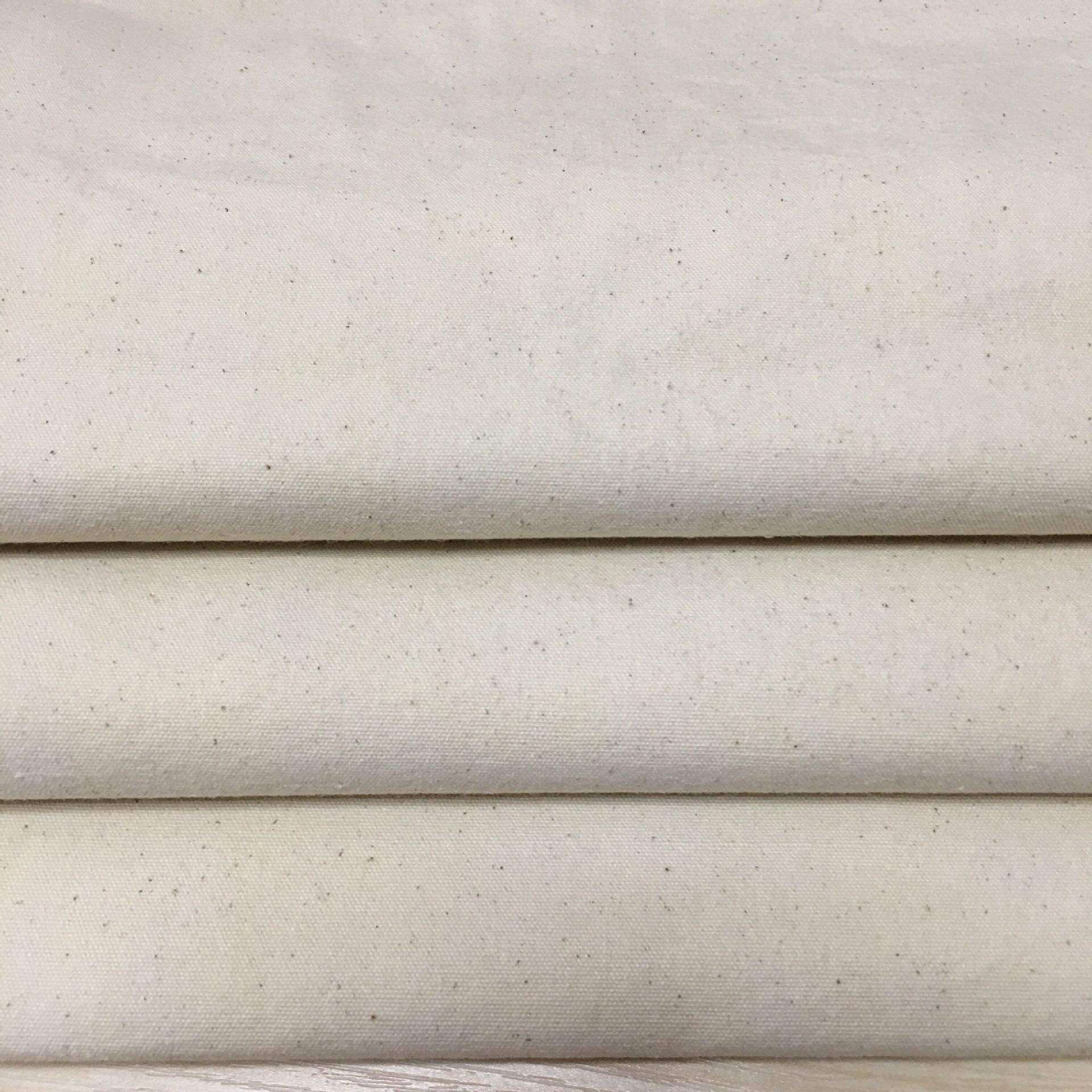Scouring process is a complicated physicochemical process, including the functions of penetrating, emulsifying, dispersing, washing and chelating, etc. The basic functions of the scouring agent in the scouring process mainly include the following aspects.
1.Wetting and penetrating.
Penetrating is important in the scouring process. Firstly, in the process of cotton growth, the galacturonic acid of pectin slowly combines with Ca2+ and Mg2+ in groundwater to form pectin salts that are insoluble in water and difficult to puff. Pectin is distributed on the primary wall of cellulose surface and obstructs the hygroscopicity of the inner secondary wall, which accounts for 98% of cellulose. The waxy substances in cotton fiber and oily dirt in residual sizing agent make it difficult for scouring agent to penetrate into the fibrous yarn gaps consisting of interconnecting capillaries of different sizes. Secondly, scouring process is carried out in a solution of caustic soda at a certain concentration. Because the surface tension of caustic soda solution is very high, it is difficult for scouring agent to penetrate. In order to make the scouring process successfully, it is necessary to puff the fibers and improve the interface property between solution and fiber, which needs to add a suitable surfactant which can reduce the surface tension of solution and the interfacial tension between solution and fiber. So that the fiber can contact with the scouring agent more fully and better, speeding up the wetting and penetrating.
According to the basic theory of wetting and penetrating, by adsorption on the interface, surfactants can greatly reduce γLG and γLS, making wetting easier. At the same time, it can increase the liquid column static pressure of capillary rising, which is beneficial for scouring agent to penetrate into the inner part of fibers. The quality of the scouring agent depends largely on its ability to reduce surface tension and penetration rate.
2.Detergent washing.
The detergent washing function in scouring process is very complicated. Firstly, it has to weaken the adhesive force between waxy saponified substance and oily substance and fabrics and shrink the interface gradually. And then it removes grease from fabric by mechanical action and emulsifies into an oil-water emulsion to prevent it being stained again. Non-ionic surfactants generally are excellent emulsifiers. While anionic surfactants will form a double electrode layer on the waxy/water interface to prevent oil particles from clumping together, that is beneficial to form a more stable emulsion system. Secondly, it has to disperse the alkaline decomposition to prevent recontamination, which will make use of the dispersing function of surfactants, and also the function of other inorganic or organic chelating dispersing agents.
A single type or structure of surfactant is difficult to effectively achieve the above effects at the same time, so it is necessary to mix more than two different types and different structures of surfactants. It can properly adjust their types, structures and constitution to impart it suitable Hydrophile Lipophilic Balance (HLB) to meet the requirements of emulsifying grease dirt, and has sufficient micellar volume and low enough CMC and surface tension (γCMC). It will make the scouring agent system keep excellent wetting performance and excellent emulsification, dispersity and cleaning properties.
Post time: Nov-14-2021


